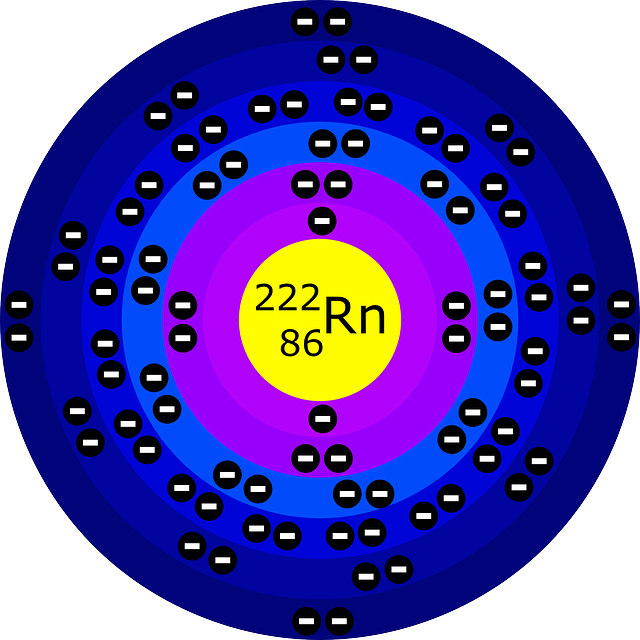
When people think about threats in their homes, they often worry about carbon monoxide, mold, or electrical hazards. However, one invisible and often overlooked danger is radon gas. This radioactive gas, which comes from the natural breakdown of uranium in the soil, can seep into homes without any obvious signs. Since it is both colorless and odorless, radon can accumulate to dangerous levels indoors without anyone being aware of it.
The most alarming fact about radon is its direct link to lung cancer. The risk is even higher for smokers living in homes with elevated radon levels. With radon, the danger doesn’t lie in immediate symptoms or obvious warning signs. It’s a long-term threat that could silently impact your health over time.
Radon typically enters homes through cracks in the foundation, gaps around pipes, or other structural weaknesses that allow gas to rise from the ground. While it’s more common in certain regions, no area is completely safe from potential radon exposure. Even new homes, with modern construction standards, are not immune. That’s why every home, regardless of age or location, should be tested.
The good news is that testing for radon is both simple and affordable. Professional testing services can assess the levels in your home. If radon levels are found to be above the EPA’s action level of 4 pCi/L (picocuries per liter), steps can be taken to mitigate the issue. These solutions often involve improving ventilation or sealing cracks in the foundation to prevent radon from entering your living spaces.
Ignoring radon testing is a gamble with your health, especially considering how straightforward it is to detect and mitigate. Don’t wait until it’s too late. Testing for radon is a proactive step every homeowner should take to ensure their home is safe for themselves and their families. By taking action now, you can reduce the risk of long-term health consequences.

Recent Comments